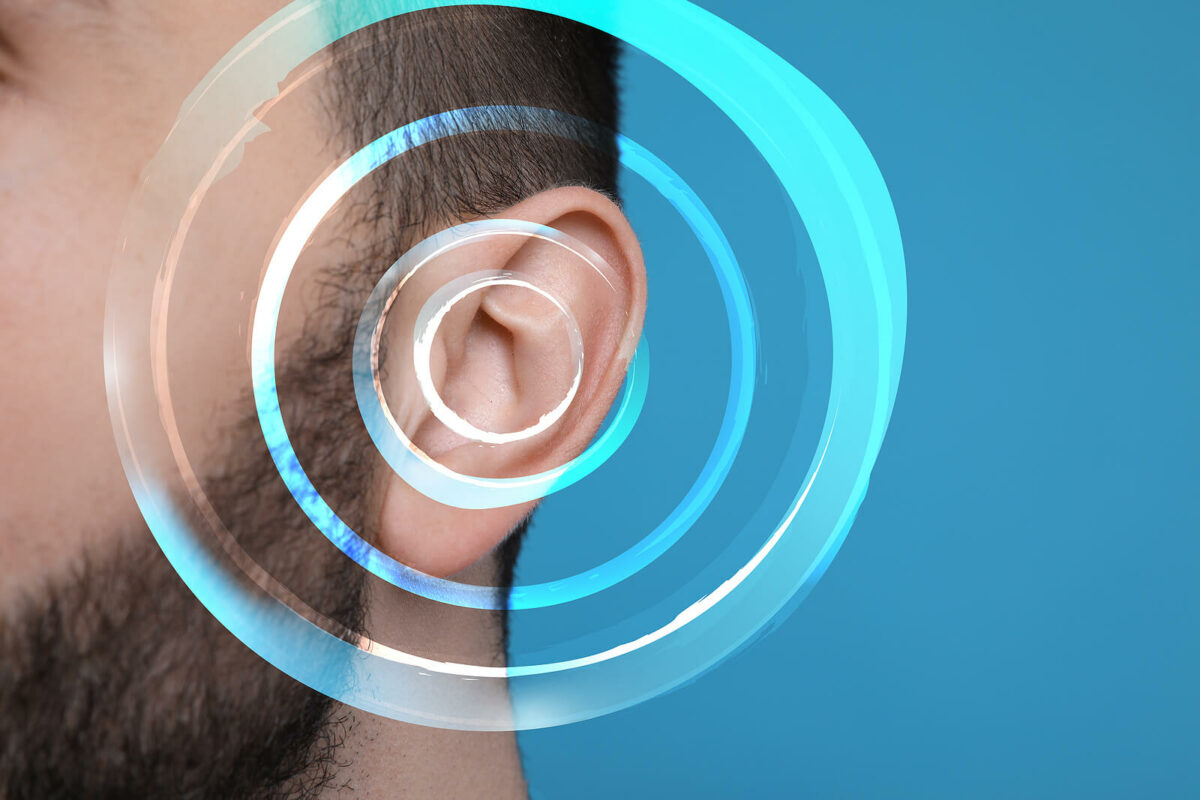Tinnitus (TIN-ih-tus) is noise or ringing in the ears. A common problem, tinnitus affects about 1 in 5 people. Tinnitus isn’t a condition itself — it’s a symptom of an underlying condition, such as age-related hearing loss, ear injury or a circulatory system disorder (Mayo Clinic).
I have heard it described as buzzing, whooshing, rushing, and even described as the sounds of locusts. It takes many forms but has one thing in common, it is very disturbing and distracting!
Most of my patients suffer from subjective tinnitus as opposed to objective tinnitus. Simply put, subjective means you hear the sounds but others don’t. Objective tinnitus is rare and can be objectively heard with a microphone.
In my experience, most patients with tinnitus also have some degree of hearing loss, which is why an audiogram (hearing test) is the first test to be ordered. Most of my patients have had their tinnitus for a long period of time and have found some type of coping mechanism for it.
In patients who are also hearing aid candidates, we find that properly fit hearing aids can provide relief from the tinnitus while wearing the hearing aids.
Unlike what you may hear or read, there is no known drug or medication which has been clinically shown to eliminate tinnitus according to the American Tinnitus Association. There has been promising results relating to sound therapy where soothing sounds are introduced to “mask” or hide the tinnitus. We are even seeing these capabilities placed into ear level devices that may look like or be a part of a hearing aid.
I have found the most up to date and free information at the American Tinnitus Association website, and if you become a member you can try ATA’s sound mixer to export copies of your personal sound creations that might include rain, waterfall, and other sounds to provide you some distraction from your tinnitus.

